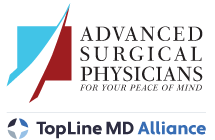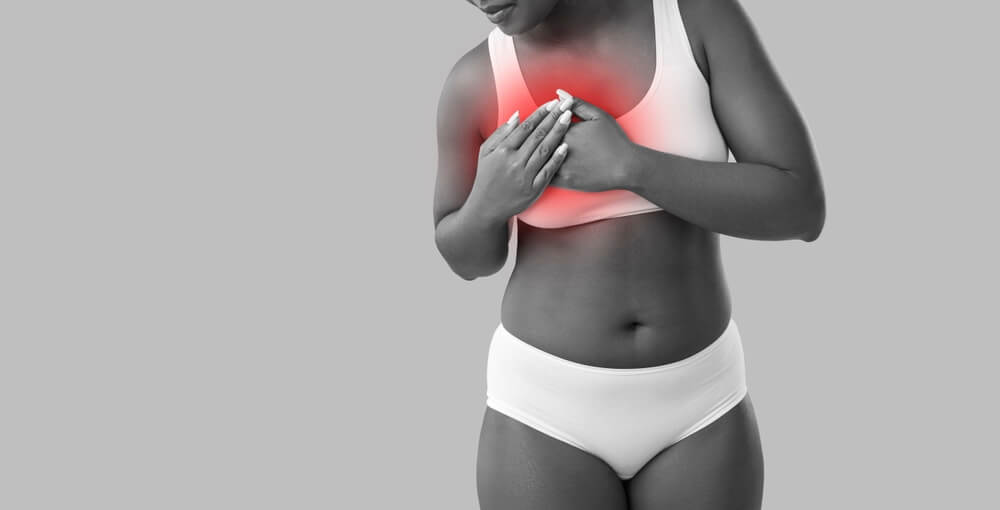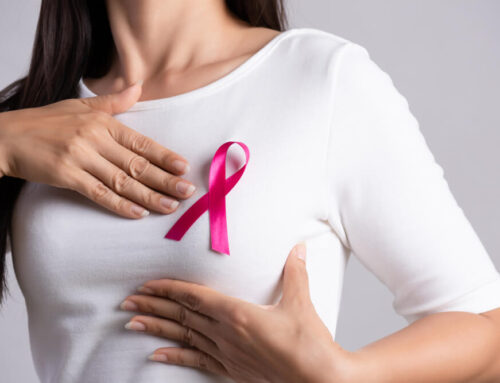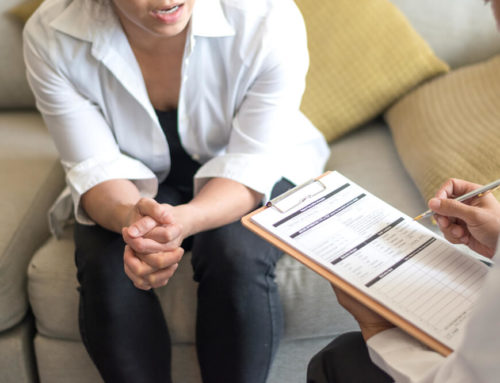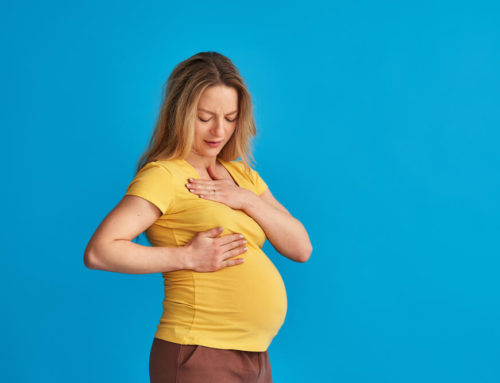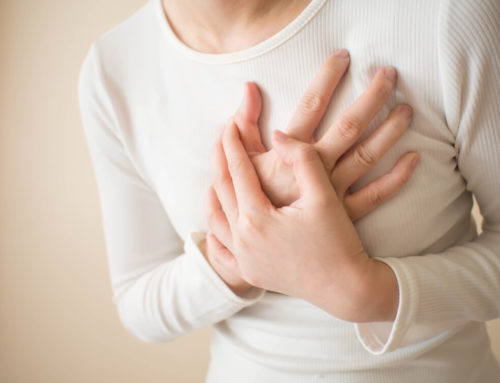Breast health is of paramount importance, and sometimes, despite our best efforts, issues like mastitis can arise. In this comprehensive guide, we’ll delve into the intricacies of mastitis, examining its symptoms, causes, and available treatments. Whether you’re a breastfeeding mother or not, understanding mastitis is crucial for your overall breast health.
In this article, the team at Advanced Surgical Physicians aims to help you understand what these breast infections look like, what are the main symptoms of mastitis, how to prevent mastitis, and what the most effective treatment methods are.
Later on, if you are looking for a qualified team that excels in the diagnosis of breast diseases in Wellington, FL, feel free to reach out to us,
Understanding Mastitis

Mastitis is a condition that can affect anyone, but it is most commonly associated with breastfeeding women. It’s essential to recognize the symptoms and be aware of the causes and available treatments, as early intervention can make a significant difference in your comfort and recovery.
The Symptoms of Mastitis
Mastitis usually manifests in the following ways:
- Breast Swelling, Heat, and Pain: Mastitis often begins with a swollen area on one breast, which can feel hot and painful to the touch. In some cases, the affected area may become red. It’s important to note that redness may be challenging to detect in individuals with darker skin.
- Breast Lump: A hard, wedge-shaped lump may develop in the breast.
- Burning Breast Pain: A burning pain can occur in the breast, and this discomfort may persist either continuously or during breastfeeding.
- Nipple Discharge: You may notice nipple discharge, which can be white or contain streaks of blood.
- Flu-Like Symptoms: Mastitis can also bring about flu-like symptoms, including body aches, a high temperature, chills, and tiredness.
These symptoms often emerge rapidly and typically affect only one breast.
Causes of Mastitis
Understanding the causes of mastitis is essential for its prevention. While mastitis is most common in breastfeeding women due to milk build-up, it can also occur in non-breastfeeding individuals and, rarely, in men. Causes can include:
- Smoking: Toxins found in tobacco can damage breast tissue, increasing the risk of mastitis.
- Nipple Damage: Factors like piercing, skin conditions such as eczema, or having a breast implant can lead to nipple damage and potentially mastitis.
- Weakened Immune System: Health conditions such as diabetes, which weaken the immune system, can raise the risk of mastitis.
- Hair Removal: Shaving or plucking hair around the nipples may contribute to mastitis.
The Anatomy of Mastitis
Mastitis is a breast infection characterized by redness, hardness, and swelling. It can also lead to fever and flu-like symptoms. Mastitis can affect anyone, but it’s most common in women and individuals assigned female at birth who breastfeed (chest feed). It’s also possible, although rare, for men and individuals assigned male at birth who don’t breastfeed to develop mastitis.
How Common is Mastitis?
Mastitis is estimated to affect up to 10% of breastfeeding individuals in the United States and may impact up to 30% of breastfeeding individuals worldwide. It is most prevalent in the first three months of breastfeeding.
Diagnosis and Tests
Diagnosing mastitis typically involves a physical examination and an assessment of your symptoms. If you’re not breastfeeding, you might undergo additional tests like a mammogram or breast ultrasound to rule out other breast conditions.
Mastitis Treatment
If mastitis persists, a visit to a healthcare provider is recommended. In such cases, healthcare providers typically prescribe antibiotics as mastitis treatment to address the infection. It’s important to note that if you’re breastfeeding, a small amount of the antibiotic may enter your breast milk. This poses no risk to your baby but might make them irritable and restless.
Furthermore, current research suggests several strategies for managing inflammatory mastitis:
At-Home Treatment for Inflammatory Mastitis:
- Ice: Applying an ice pack or a frozen bag of vegetables to the affected breast while lying on your back can help reduce swelling.
- Pain Relievers: Over-the-counter nonsteroidal anti-inflammatory drugs (NSAIDs) like ibuprofen or naproxen can reduce swelling and alleviate pain.
- Lymphatic Drainage: Gently applying light pressure to your breast toward the lymph nodes above your collarbones and in your armpit can reduce swelling by facilitating fluid movement. This should not involve intense massage.
- Reverse Pressure Softening (RPS): RPS involves massaging the areola and nipple area to move fluid away, making it easier for your baby to latch onto a full breast.
- Wear a Supportive Bra: Choose a supportive bra that is not too tight, as this can alleviate pressure on your breasts.
Important considerations:
- Avoid aggressively massaging your breasts.
- Refrain from using massaging devices on your breasts.
- Do not soak your breast in anything.
- Do not apply heat to the affected area.
- Medications for bacterial mastitis
If you’re breastfeeding and experiencing mastitis, it’s essential to continue nursing your baby. Mastitis does not pose a risk to your baby through breast milk. In fact, breast milk contains antibacterial properties that help infants combat infections. Antibiotics prescribed for mastitis are generally safe for your baby. Although nursing may be uncomfortable while you have mastitis, it is important to maintain breastfeeding.
If at-home treatment for inflammatory mastitis proves ineffective and your condition progresses to bacterial mastitis, your healthcare provider may prescribe antibiotics to address the infection. While over-the-counter medications like acetaminophen and ibuprofen can provide relief from pain and inflammation, they cannot treat the infection.
Complications of Mastitis
If left untreated, mastitis can lead to the development of a breast abscess. Typically, surgical intervention is required to address this type of abscess. The procedure may involve minor surgery or draining the pus with a small needle.
Duration of Mastitis
Inflammatory mastitis usually improves entirely within 10 to 14 days, with a significant reduction in symptoms within the first 24 to 72 hours. Early recognition and treatment of engorgement and inflammation are key to a quicker recovery.
Recurring Mastitis
For breastfeeding individuals experiencing recurring mastitis, the issue may be related to problems with breastfeeding positioning and attachment. In such instances, it’s crucial to seek help from a midwife, health visitor, or breastfeeding specialist as soon as possible. They can provide guidance and support to ensure that your breastfeeding experience is more comfortable and less prone to mastitis.
How to Prevent Mastitis
Prevention is often the best approach. If you are breastfeeding, adhere to the following guidelines:
- Only pump what is necessary for your baby; avoid pumping after breastfeeding to “drain” your breast.
- Consult a lactation consultant or attend a breastfeeding class to learn about proper latch techniques, which can reduce the risk of mastitis.
- Avoid wearing tight-fitting bras and using nipple shells or similar devices on your breasts.
Outlook and Prognosis
The outlook for mastitis is generally positive. While it can be painful and uncomfortable, it rarely results in long-term complications. Engaging in early treatment methods can lead to positive outcomes. While you may produce less milk while fighting off the infection, your milk production should increase as you begin to recover.
When to See a Healthcare Provider
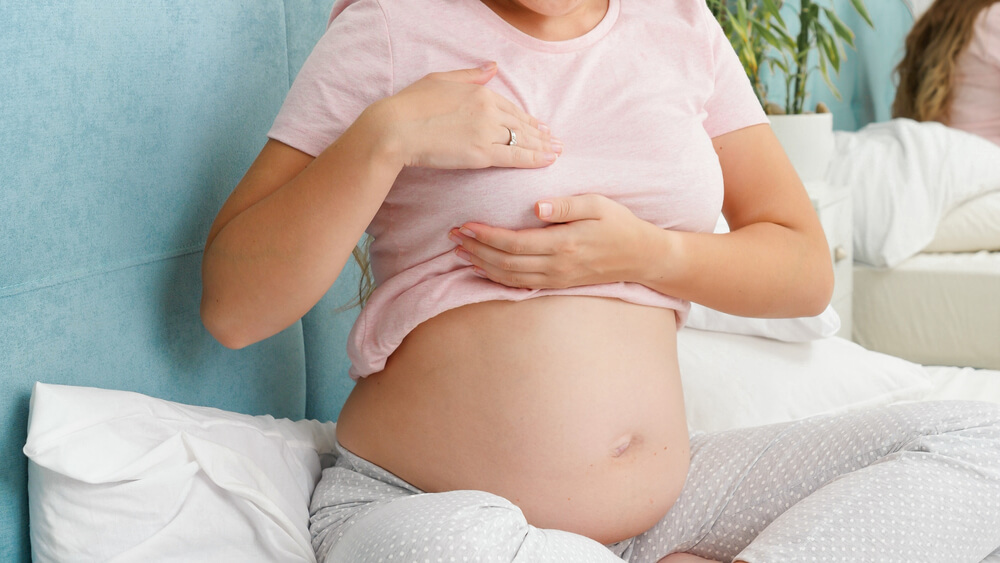
You should contact your healthcare provider if at-home treatments for engorgement do not lead to improvement. Other symptoms that may warrant a call to your provider include breast pain, changes in the way your breasts feel, newly discovered lumps, nipple discharge, and worsening symptoms after 24 hours of antibiotics or several days of at-home treatment.
In Conclusion
It’s important to distinguish between mastitis and clogged milk ducts. “Clogged” or “plugged” ducts result from areas of inflammation or engorgement around the ducts that compress them, making it harder for milk to flow. When left untreated, these clogged ducts can lead to mastitis. If you experience any changes in your breast health, regardless of whether you are breastfeeding, it is crucial to seek a professional evaluation.
Remember, your breast health is a priority, and seeking guidance from healthcare experts is essential for early diagnosis and effective management of breast-related conditions. Your provider can assess your symptoms and recommend appropriate treatment to ensure your health and well-being.

